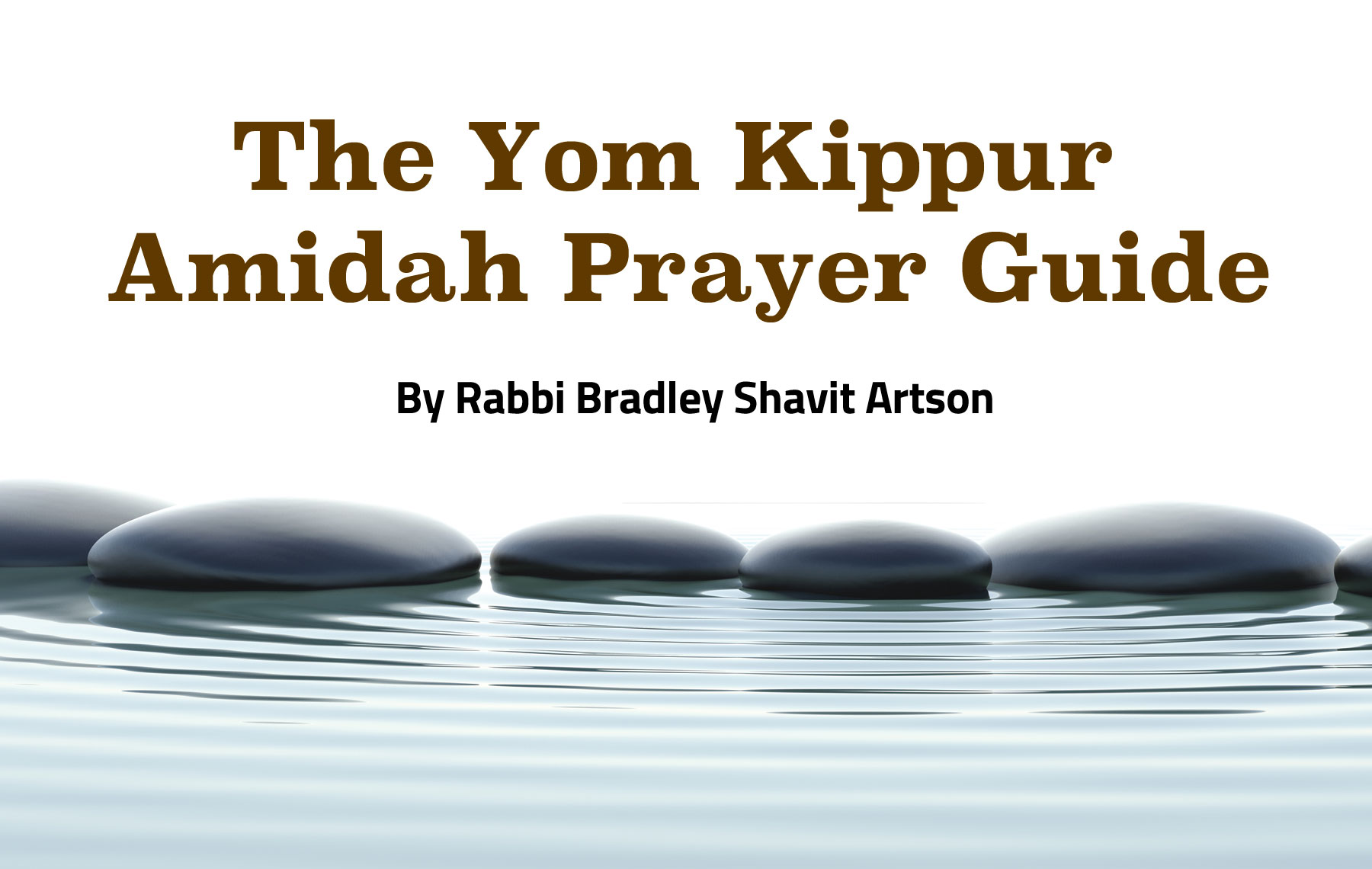In the heart of every Jewish worship service, Amidah stands as an unwavering pillar, connecting the faithful with the Divine.
Do you often find yourself longing for a deeper connection to your faith during Amidah? Do you yearn to understand its essence and make it truly meaningful?
Amidah, the central prayer of Jewish worship, offers a profound opportunity for spiritual communion and introspection. This timeless practice, steeped in tradition and symbolism, empowers us to express our innermost thoughts and desires directly to God.
Amidah: A Bridge Between Heaven and Earth
The Melekh Manuscript | Historic accounting literature | ICAEW – Source www.icaew.com
Amidah serves as a bridge between humanity and the heavens. Through its nineteen blessings, we acknowledge God’s presence, express our gratitude, and petition for our needs. It is a time to reflect upon our actions, repent for our shortcomings, and strive for a closer relationship with the Divine.
The Structure of Amidah

Full Text of Modim | My Jewish Learning – Source www.myjewishlearning.com
Amidah is composed of three distinct sections: the introductory blessings, the central blessings, and the concluding blessings. Each section holds its own significance, guiding us through a journey of praise, thanksgiving, and supplication.
History and Myth of Amidah

slidetrack-blinds-2 | Kincumber Blinds, Central Coast Blinds & Shutters – Source kincumberblinds.com
The origins of Amidah are shrouded in mystery and legend. Some scholars trace its roots back to the biblical patriarchs, while others believe it evolved from the sacrificial rituals of the ancient Temple in Jerusalem. Throughout history, Amidah has undergone various modifications and additions, reflecting the changing spiritual needs of the Jewish people.
The Hidden Secrets of Amidah

The Yom Kippur Amidah Prayer Guide – Source jewishjournal.com
Amidah is not merely a collection of words; it is a tapestry woven with hidden meanings and symbolism. Each blessing and phrase carries a deeper layer of significance, revealing insights into the nature of God, our relationship with the Divine, and the path to spiritual fulfillment.
Recommendations for a Meaningful Amidah

Modim: A Prayer for Acceptance | My Jewish Learning – Source www.myjewishlearning.com
To fully appreciate the transformative power of Amidah, it is essential to approach it with a prepared heart. Take time to clear your mind, focus your intentions, and immerse yourself in the words of the prayer. Allow yourself to be vulnerable and open to the possibility of a profound spiritual connection.
Amidah: A Guide for the Soul

Kedushah: Praising God Like Angels | My Jewish Learning – Source www.myjewishlearning.com
Amidah is more than just a ritual; it is a roadmap for the soul. Through its transformative power, we can cultivate a deeper understanding of ourselves, our place in the universe, and our connection to the Divine. It is a practice that has the potential to shape our lives and bring us closer to our spiritual potential.
Tips for Amidah

Beginning the Amidah by Connecting to Our Ancestors | My Jewish Learning – Source www.myjewishlearning.com
To enhance your Amidah experience, consider these practical tips: Find a quiet and distraction-free space, establish a regular time for prayer, and recite the blessings slowly and thoughtfully. Pay attention to the meaning of the words and allow yourself to be immersed in the prayer’s transformative energy.
Amidah: A Journey of Self-Discovery

The Yom Kippur Amidah Prayer Guide – Source jewishjournal.com
Amidah is not only an act of worship but also a journey of self-discovery. Through its introspective nature, we gain insights into our strengths, weaknesses, and aspirations. It helps us confront our inner struggles and strive for spiritual growth.
Fun Facts About Amidah
Did you know that Amidah is also known as the “Standing Prayer”? In traditional Jewish practice, it is recited while standing as a symbol of reverence and humility before God. Another interesting fact is that the number of blessings in Amidah (nineteen) corresponds to the numerical value of the Hebrew word “echad,” meaning “one,” emphasizing the concept of God’s oneness.
How to Perform Amidah
To perform Amidah correctly, follow these simple steps: Face towards Jerusalem, stand with your feet shoulder-width apart, and bow your head slightly. Recite the introductory blessings, then the central blessings, and finally the concluding blessings. Maintain a respectful and focused demeanor throughout the prayer.
What if I Can’t Perform Amidah?
If you are unable to perform Amidah standing or facing Jerusalem, it is still possible to connect with the Divine through prayer. Recite the Amidah seated or in whatever way is most comfortable for you. The most important aspect is the sincerity and intention behind your words.
Listicle of Amidah
Here are some key points about Amidah:
- It is the central prayer of Jewish worship.
- It consists of nineteen blessings.
- It is recited while standing.
- It is a time for introspection and connection with God.
- It can be performed anywhere.
Question and Answer
Q: What is the meaning of the word “Amidah”?
A: Amidah means “standing” in Hebrew, as it is traditionally recited while standing.
Q: How many blessings are there in Amidah?
A: There are nineteen blessings in Amidah.
Q: Is it acceptable to recite Amidah while seated?
A: Yes, it is acceptable to recite Amidah while seated if standing is not possible.
Q: What is the significance of the number nineteen in Amidah?
A: The number nineteen corresponds to the numerical value of the Hebrew word “echad,” meaning “one,” emphasizing the concept of God’s oneness.
Conclusion of Amidah: The Central Prayer Of Jewish Worship
Amidah is more than just a prayer; it is a sacred ritual that connects us with our spiritual essence. Through its timeless teachings and transformative power, Amidah empowers us to deepen our relationship with God, cultivate inner growth, and live a life of purpose and meaning.
